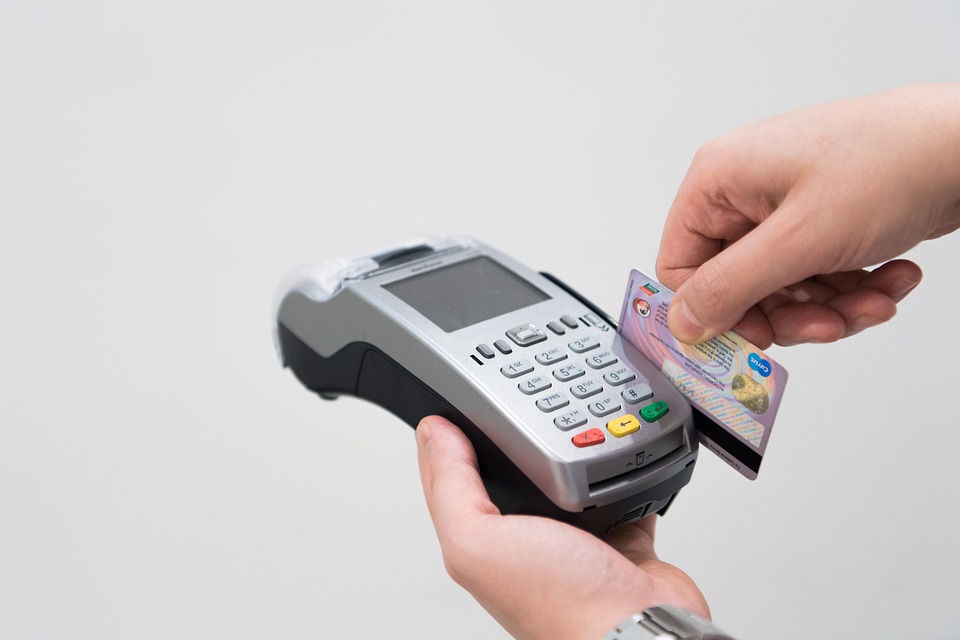Understanding Secured vs. Unsecured Loans for Bad Credit
When it comes to borrowing money, individuals with bad credit often face unique challenges. Traditional lenders may be hesitant to approve loans due to a history of missed payments or defaults. However, understanding the difference between secured and unsecured loans can help borrowers make informed decisions tailored to their financial situations.
What is a Secured Loan?
A secured loan is a type of borrowing that requires the borrower to provide collateral. This collateral can be an asset such as a car, home, or savings account, which the lender can claim if the borrower fails to repay the loan. Because secured loans reduce the lender’s risk, they are often easier to obtain for individuals with bad credit.
For instance, if you take out a secured loan using your car as collateral, the lender has the right to repossess the vehicle if you default on the loan. This risk mitigation allows lenders to offer lower interest rates compared to unsecured loans, making secured loans an attractive option for those with poor credit histories.
Advantages of Secured Loans
1. **Lower Interest Rates**: Secured loans typically offer lower interest rates due to the reduced risk for lenders.
2. **Higher Borrowing Limits**: Borrowers may access larger sums of money, as lenders are more willing to lend against valuable collateral.
3. **Improved Approval Odds**: Individuals with bad credit have a better chance of approval since the loan is backed by an asset.
Disadvantages of Secured Loans
1. **Risk of Losing Collateral**: The most significant downside is the risk of losing your asset if you default on the loan.
2. **Longer Processing Times**: Secured loans may involve more paperwork and longer processing times due to the need for appraisals and valuations of the collateral.
3. **Potential for Debt Cycle**: If not managed carefully, taking a secured loan can lead to a cycle of debt, especially if the borrower is already in a precarious financial situation.
What is an Unsecured Loan?
An unsecured loan, on the other hand, does not require collateral. Instead, lenders evaluate the borrower’s creditworthiness based on their credit score, income, and employment history. Because there is no asset backing the loan, unsecured loans carry a higher risk for lenders, which is reflected in higher interest rates.
For those with bad credit, obtaining an unsecured loan can be more challenging. Lenders may impose stricter requirements, and the terms may not be as favorable compared to secured loans.
Advantages of Unsecured Loans
1. **No Risk of Losing Assets**: Borrowers do not risk losing personal property since no collateral is required.
2. **Faster Approval Process**: Unsecured loans typically have a quicker application and approval process, making them suitable for urgent financial needs.
3. **Flexibility**: These loans can often be used for various purposes, including medical bills, home improvements, or debt consolidation.
Disadvantages of Unsecured Loans
1. **Higher Interest Rates**: Due to the increased risk, interest rates for unsecured loans can be significantly higher than those for secured loans.
2. **Lower Borrowing Limits**: Lenders may offer smaller amounts, which may not cover larger financial needs.
3. **Stricter Qualification Criteria**: Individuals with bad credit might find it more challenging to qualify for unsecured loans, as lenders often look for a solid credit history.
Which Option is Right for You?
Choosing between a secured and unsecured loan largely depends on your financial situation, risk tolerance, and credit profile. If you have valuable assets and can manage the risks involved, a secured loan may be a suitable option. Conversely, if you prefer not to put your assets at risk and can handle the higher interest rates, an unsecured loan might be the better choice.
Before making a decision, it’s essential to evaluate your budget, the purpose of the loan, and your ability to repay it. Additionally, consider seeking advice from financial professionals, who can provide personalized recommendations based on your circumstances.
In conclusion, understanding the differences between secured and unsecured loans is crucial for individuals with bad credit. By weighing the pros and cons of each option, borrowers can make informed decisions that align with their financial goals and needs.


